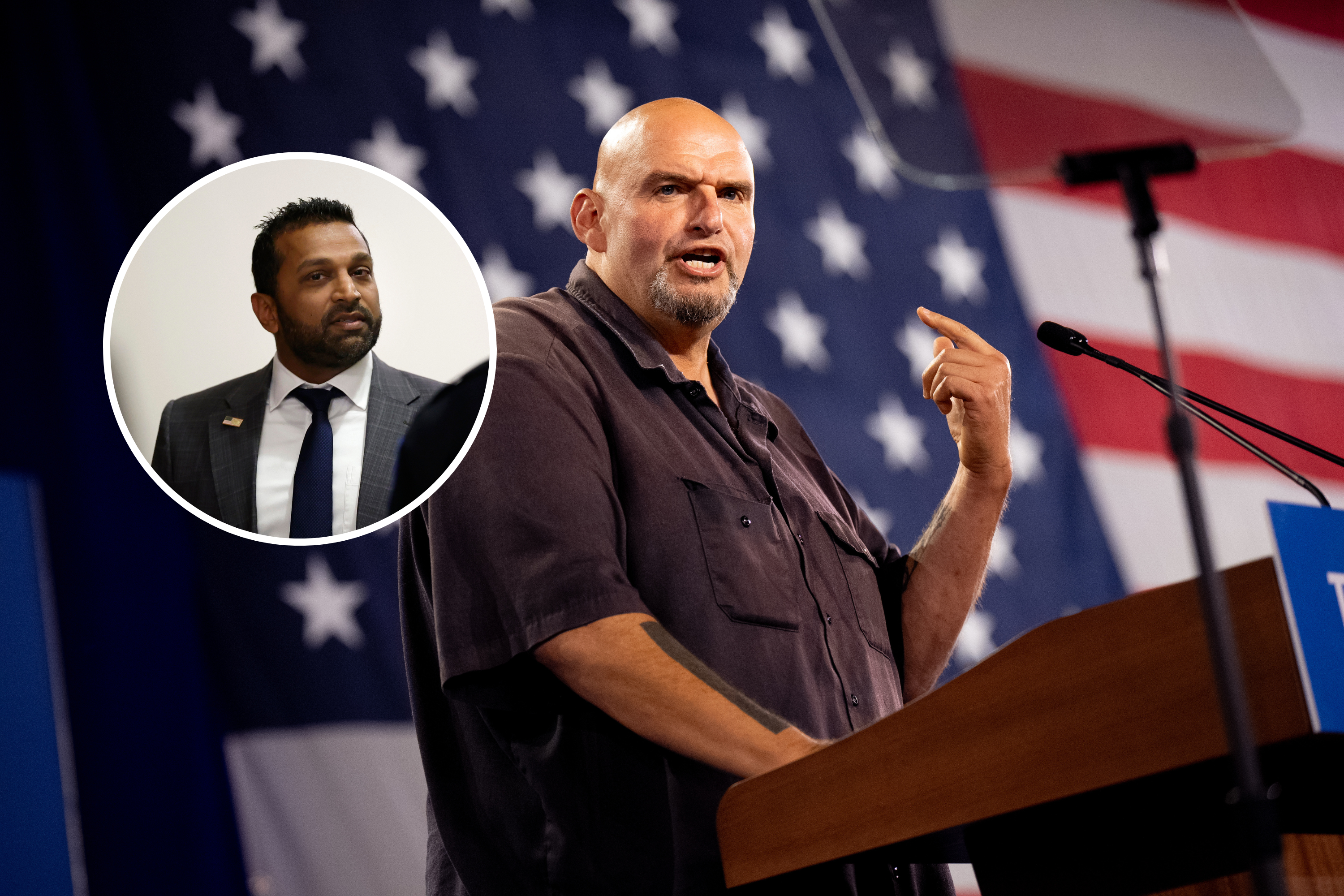
Although not at war, more than 17,000 people have died in the United States from firearms so far this year; among them, almost 650 minors. The number of mass shootings (with four or more injured not counting the perpetrator) exceeds 200 in just five months. The death toll from firearms is around 40,000 per year, with an average of about 110 per day, and a rate of more than 10 per 10,000 inhabitants: between 5 and 20 times higher than that of European countries.
If an African country offered this data, it is likely that the European Union would have considered long ago the possibility of subjecting it to an embargo on arms sales. The code of conduct on exports of defense material, approved by the EU in 1998 and already incorporated into Spanish legislation, includes among the criteria to be taken into account when approving this type of operation the risk that they “aggravate tensions or existing conflicts in the country of final destination” and also the possibility that they could end up in the hands of terrorist elements. The Organization for Economic Cooperation and Development (OECD) urges avoiding the sale of small arms and light weapons to those countries at risk of “an excessive and destabilizing accumulation” of them.
Many consider that massacres such as the one in Buffalo – the last to shake the United States before those in Texas and Tulsa -, in which a white supremacist shot indiscriminately in a supermarket in a majority black neighborhood, is the external manifestation of a racist tension latent and a lone wolf form of terrorism. Regarding “excessive accumulation”, suffice it to say that there are an estimated 390 million firearms in the hands of US citizens, more than one for every inhabitant.
The US market is the best customer for Spanish manufacturers of hunting and sporting weapons. In the last ten years (between 2011 and 2021), sales of rifles, carbines, shotguns, barrels for firearms, cases and cartridges made in Spain to the United States they added almost 138 million euros; around 30% of what is sold to the whole world. In recent years, a strong rebound has been seen, since in the first half of 2021, the last period for which official data is available, sales reached 26.7 million; more than what was sold in the entire year 2019, 19.2 million. The portfolio of orders already authorized by the Government, but pending execution, totaled 86.7 million in July last year.
These are significant quantities, although not very significant, in a country that is home to the largest arms manufacturing companies in the world, grouped in the powerful lobby of the National Rifle Association and financiers of the electoral campaigns of governors, senators and congressmen, especially Republicans, which seems to shield them from any attempt to timidly regulate a wild market.
What affects the most is what happens closest. To not miss anything, subscribe.
subscribe
For this reason, a European arms embargo on the United States, although with very limited effects, could have an educational nature: put American society in front of the mirror, show it that, in terms of arms control, Washington is not in the civilized nations where security and military bodies have reserved the monopoly of the use of force at the service of the rule of law, but closer to the law of the jungle, where the best armed survive.
Exclusive content for subscribers
read without limits





